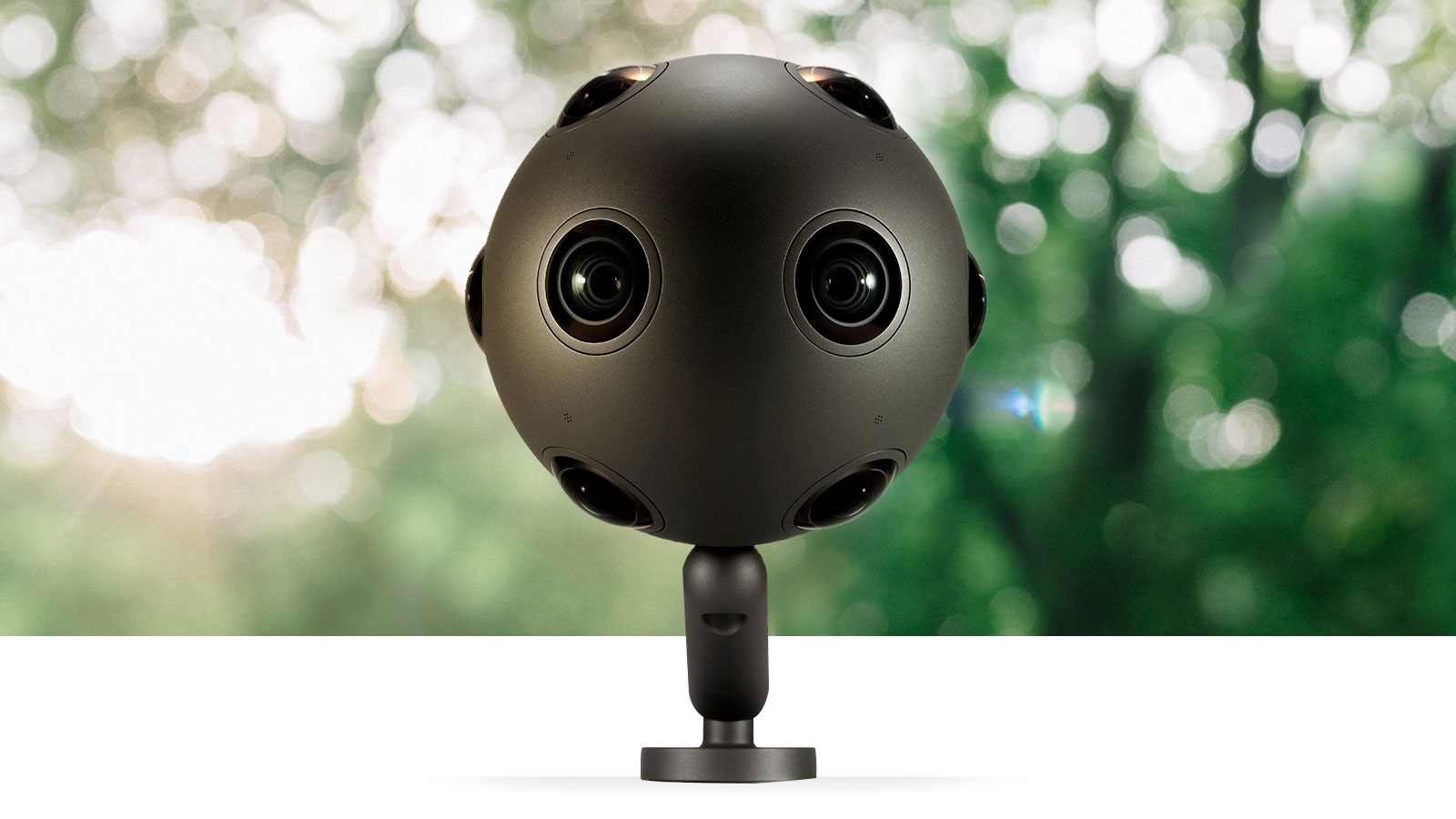8K VR livestreaming could soon be a reality thanks to Nokia
Nokia has announced an update to OZO VR suite

Nokia has announced an upgrade to its VR camera, the Nokia OZO, and its supporting software. At Las Vegas media conference NAB, the Finnish tech company has revealed the OZO+, along with a platform of tools geared towards improving the quality of VR output and the accessibility of VR content.
Make no mistake, this is not something you’re going to be rushing out to buy with your pocket money. When the original OZO came to market it was $60,000 (about £40,000, AU$83,000), so while we don’t yet have a price for the OZO+ it’s not going to be for the average consumer.
What’s interesting about this announcement is how it’ll affect viewing experiences in VR. Arguably the most exciting thing about Nokia’s upgrade is the world-first live broadcast of 8K VR footage. Technically it’s dual-UHD 4K-per-eye output, and for livestreaming that quality is currently unprecedented.
While this technically isn’t the first time 8K has been livestreamed to a VR headset (Intel was doing this over 5G at MWC 2017), there is a massive difference between achieving this in a controlled environment and real world implementation which is what Nokia has managed.
There aren't many headsets on the market at the moment that can handle 8K, but with the recent Pimax release, more headsets are sure to follow.
In on the action
Nokia is clearly keen to gain a firm foothold in the Live VR world; the market is a steadily growing one, with America's NBA basketball league broadcasting one game a week in VR at the moment, and events promoter Live Nation starting to broadcast concerts in VR. Live VR is going to become widespread in the coming years, and 8K livestreaming is a good calling card to have, especially if you're the only one with it.
In partnership with Amazon's media service provider AWS Elemental, Nokia has delivered live 360-degree footage of music festivals, political conventions and sporting events, so they're already players in the field. The major challenge is going to be taking on NextVR, the current leaders in live distribution of VR footage, whose partnerships with the NBA, Fox Sports, Live Nation and CNN make them a significant opponent.
Get daily insight, inspiration and deals in your inbox
Sign up for breaking news, reviews, opinion, top tech deals, and more.
Obviously this high-quality output needs a vast amount of bandwidth to handle the broadcast. To combat this issue, Nokia has created OZO Deliver, a “software component that enables OZO Reality Platform partners to ingest and manage advanced immersive experiences, and to deliver them at lower bandwidth to broader audiences”.
OZO Deliver is a new system that massively reduces the bandwidth of the 8K VR broadcast by selectively rendering only the section of the image field that the user is currently looking at, with a low res image occupying the rest of the field. The hope with this is that VR broadcasts will be able to reach people with more modest internet speeds.
Andrew London is a writer at Velocity Partners. Prior to Velocity Partners, he was a staff writer at Future plc.
Most Popular

